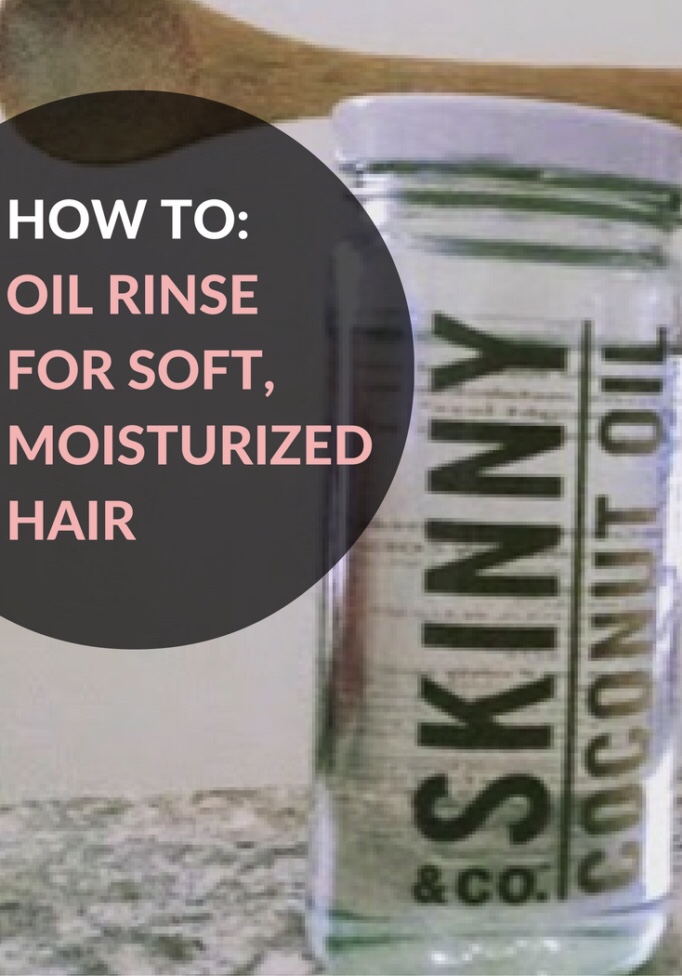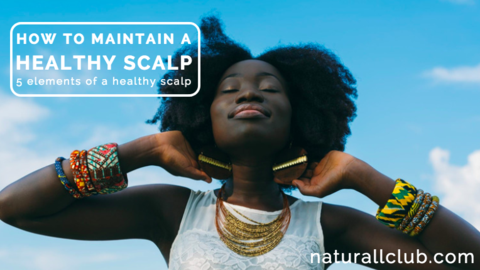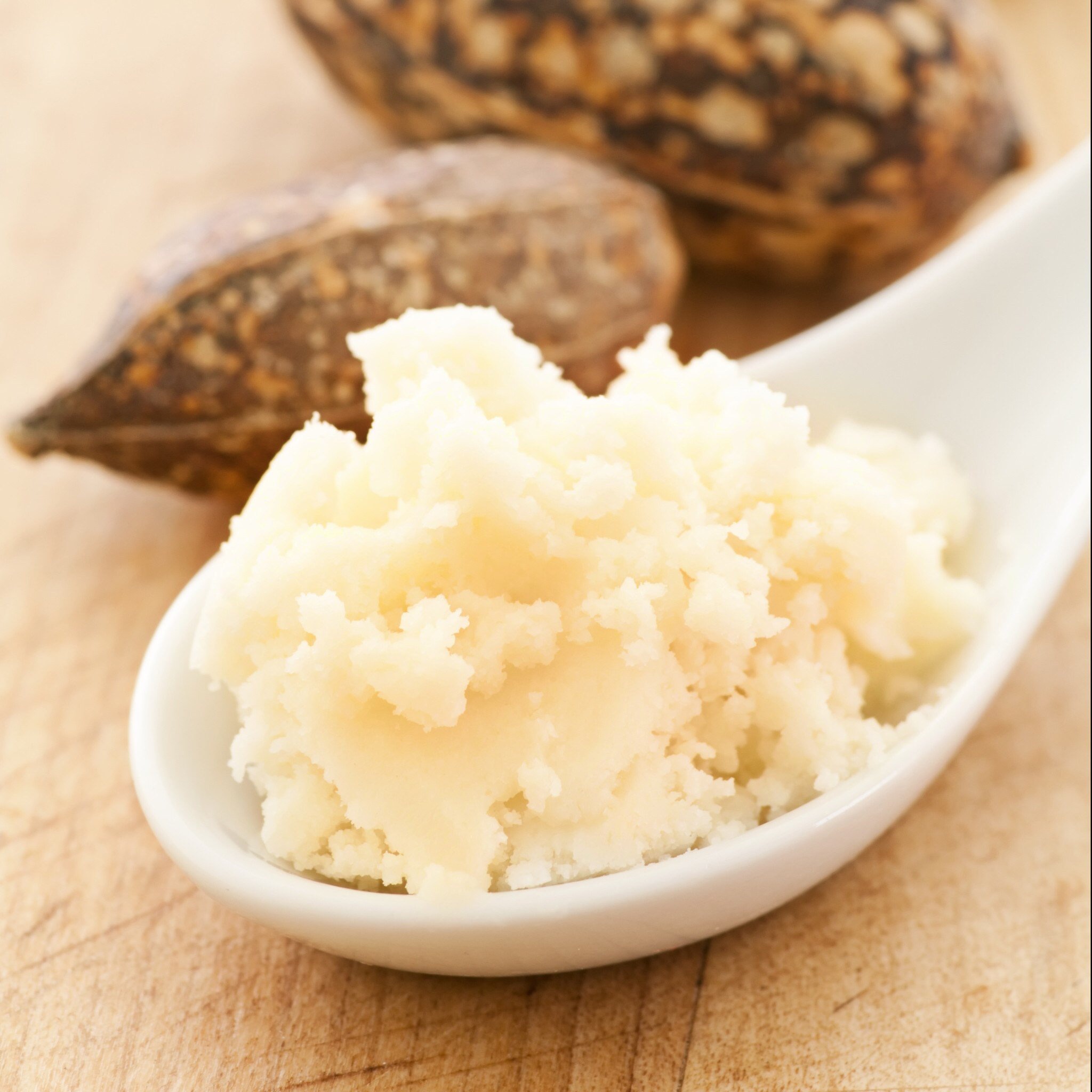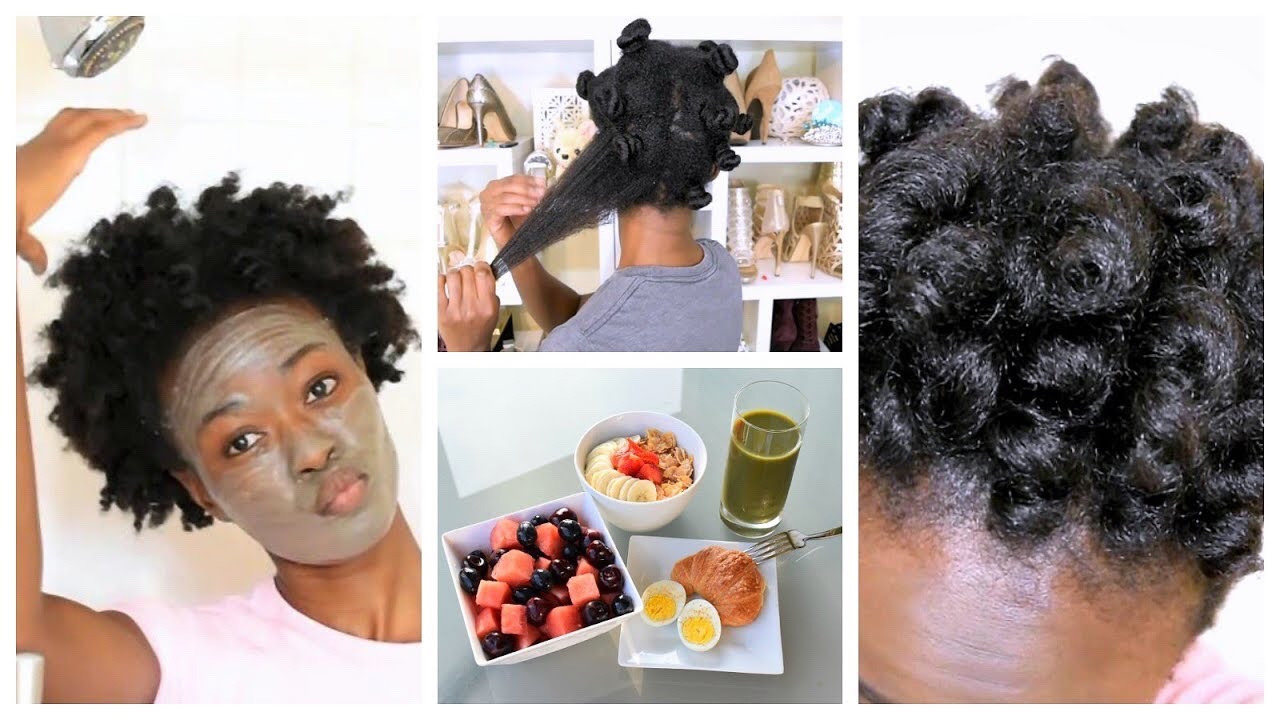
Dry, damaged hair? Gunky curls? What if you could pull together items that you already have in your kitchen for a DIY hair mask treatment for damaged hair? Ingredients that are not only cheap, but proven to be some of the best when it comes to vitamins and minerals – like eggs, coconut oil, bananas, olive oil, honey, or avocado?
Damaged Curls
Hair styling can be harsh on your fragile tresses and scalp. Heat styling, bleaching, dying, and the overuse of hair products mess with delicate pH levels, strip your hair of natural oils, dry the hair shaft, and can leave hair looking lifeless and brittle.
Moisturizing hair mask treatments fill the beauty market, but they often come at a hefty price. They also tend to bear labels marked with ingredients that you’ve never heard of – ingredients that you hope will help your hair, not add to the problem.
DIY Hair Mask That Work
The following eight DIY hair masks take mere minutes to whip up, so you can smooth on your own homemade treatment, slip on a shower cap, and relax in the knowledge that you’re finally doing the best thing possible for healthy hair!
 1. The Basic Egg
1. The Basic Egg
Eggs are the best! Especially their yolks which are chock-full of protein, vitamins, and fats. For oily hair, egg white can help remove excess oil from your hair, whereas egg yolk acts as a moisturizer for dry, brittle hair. Egg whites also have bacteria-eating enzymes that can cleanse your scalp of any invading nasties.
Apply your choice of egg component to clean, damp hair. Pop on a shower cap to avoid egg-drip, and leave on your hair for 20 minutes. Rinse under cool water, and shampoo your hair as usual.
2. Coconut Oil
Is there anything that coconut oil can’t do?! From cooking to makeup removal, coconut oil is full of antioxidants, vitamins, and essential fatty acids. It also has antibacterial/antifungal properties.
Coconut oil is exceptionally moisturizing and free of all those harsh chemicals that you’ll find in many hair conditioners.
Perhaps most significantly, coconut oil has been found to be the only oil that can reduce protein loss in hair when used as a pre-poo or post-post-poo product.
So, here’s a basic DIY hair mask for damaged hair that brings the amazing benefits of coconut oil!
Warm ¼ cup of coconut oil so that it’s liquid, and apply it to wet or dry hair. Leave it on for a good hour, or sleep with it in overnight for a truly intense condition – just pop on a shower cap to keep your pillow clean. Rinse the coconut oil out of your hair, and wash it as normal.
3. Honey and Banana
Honey and banana don’t just taste great together, they also form a powerful healthy hair partnership.
 Honey is a natural emollient, or moisturizer, and it seals moisture into your hair. This can help to combat breakage. But, it also has some mighty antibacterial properties. Honey may help to ward off itchy scalp issues caused by bacteria, while also soothing any irritation.2
Honey is a natural emollient, or moisturizer, and it seals moisture into your hair. This can help to combat breakage. But, it also has some mighty antibacterial properties. Honey may help to ward off itchy scalp issues caused by bacteria, while also soothing any irritation.2
Banana, on the other hand, can help hair manageability, moisturize the skin, and may even help to control dandruff.3 This is because bananas are filled with natural oils, potassium, and vitamins A,B,C, and E.
Want only the best for your hair? Whip up this homemade duo by taking one ripe banana, and mixing it with a tablespoon of raw honey. Apply the mixture to you your scalp and hair for half an hour, then rinse with warm water. Shampoo as usual.
4. Jojoba Oil
Jojoba oil forms a thin waxy coating on your hair shaft, making it a perfect moisturizer for dry or frizzy hair. Even though it’s an oil, it’s also able to remove excess sebum that builds up on your scalp and makes hair oily. Massaging jojoba oil regularly into your scalp can assist in good blood circulation and add moisture to the hair and scalp. It may also ease itchy scalp issues.4
Mix jojoba oil with either your shampoo or conditioner. This prevents the shampoo from stripping off the natural oil in your hair. Or you can apply some jojoba oil to the ends of your hair after washing as a homemade leave-in conditioner.
5. Avocado and Mayonnaise
Your favorite sandwich duo just became your best hair conditioner.
We already know how good eggs are for your hair, so mayonnaise (which contains eggs) is a no-brainer. It’s also a little easier to use. Mayonnaise also has the added benefit of added oil, which, when combined with egg, adds an extra dose of rich moisture. Avocado is bursting with healthy, nutritious, monounsaturated fats that can help make your hair feel softer and look smoother.
Mash half an avocado and mix it well with two tablespoons of mayonnaise (or you can use an egg yolk or two). Apply to damp hair, making sure to saturate the ends, and allow the mayo mix to soak in for 20 minutes. Rinse, and wash your hair as usual.
6. Yogurt, Honey, and Olive Oil
 You just read about the benefits of honey with banana, but another great combo is honey with yogurt and olive oil.
You just read about the benefits of honey with banana, but another great combo is honey with yogurt and olive oil.
Olive oil is a great moisturizer. It’s rich in antioxidants and vitamins A and E. Olive oil can help protect the keratin in your hair, and it seals in moisture, making your hair stronger and shinier. A little olive oil is also a great quick-fix for dry, split ends after you’ve styled your hair.
Yogurt is high in protein which makes it a serious DIY hair mask contender.
It’s particularly great for dry and damaged hair as it can smooth those frizzy ends, not to mention the milk fat. Some people also believe that it soothes their itchy scalp.5 This may be due to all those good little probiotics, as studies are showing that topical probiotics may also be able to help dry, itchy skin from the outside.6
Mix one teaspoon of olive oil with ¼ cup of yogurt and one tablespoon of honey, and apply the mixture to damp hair. Leave in for around 20 minutes, then wash your hair as usual.
7. Apple Cider Vinegar and Argan Oil
Apple cider vinegar and argan oil work beautifully in tandem for both cleansing and moisturizing the hair, sans all those chemical additives in normal shampoo and conditioner. Apple cider vinegar removes product buildup that can make your hair look dull and lifeless. It also has a pH level that is very close to human hair. Some hair products can upset this delicate balance, resulting in dry hair and scalp irritation. Argan oil steps in to deeply nourish your hair.
Mix two tablespoons of argan oil with one tablespoon of apple cider vinegar, and work the combo through your hair from roots to tips. Let it sit for around 15 minutes, and then wash and style your hair as usual.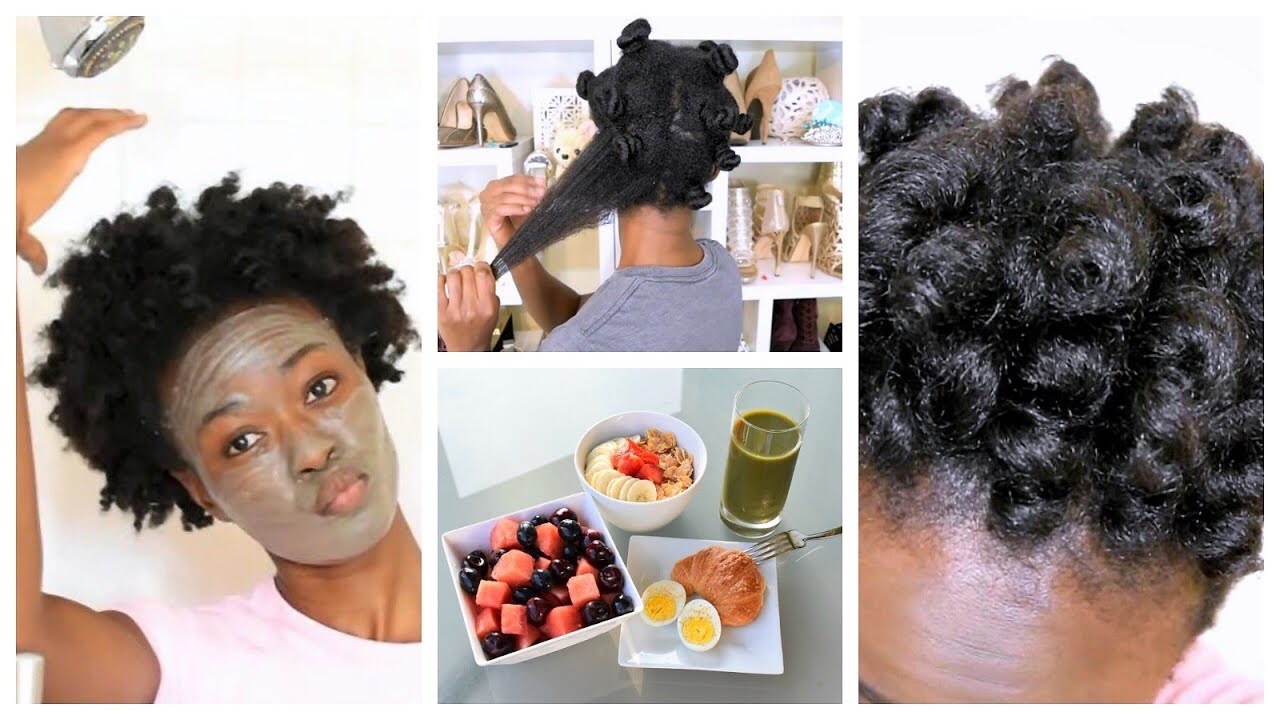
8. Beer and Egg
Settle back for happy hour: just you, your hair, and a bottle of beer! Fermented products, like beer, are high in yeast. Brewers yeast contains large amounts of B vitamins – thiamin, riboflavin, niacin, and B6.7
Together these B’s help to produce cellular energy and help the body’s cells to divide (including hair cells).8
Brewers yeast is also a rich source of biotin which may assist in the long-term health of hair and nails.9,10 Brewers yeast also contains many essential minerals, like zinc, selenium, and copper. Combine this with the nourishing benefits of a nice fatty egg, and you have a super luxurious, inexpensive, homemade, natural DIY hair mask.
Mix ½ cup of flat beer (leave it out for a while before you use it) with a raw egg. You can also add a teaspoon of oil. Apply to clean, damp hair, pop on a shower cap, and sit for 15 minutes (time to drink some beer). Then, wash as usual.
*If you prefer not to use actual beer, you can easily buy pure brewer’s yeast online. Mix 5 tbsp of brewer’s yeast with ½ tbsp of olive oil to form a paste. Add a splash of water to make it more manageable. Apply to dry hair, then wrap hair in plastic wrap and leave for one hour before washing hair as normal.
Time For Pampering?
If healthy hair is what you seek, remember that olive oil is not just for salads, and frothy ales are not just for toasting friends! And, with the money you’ll save on expensive hair treatments, you can take those gorgeous tresses out on the town for a nice meal instead.
Sources
1.http://www.beauty-review.nl/wp-content/uploads/2014/06/Effect-of-mineral-oil-sunflower-oil-and-coconut-oil-on-prevention-of-hair-damage.pdf
2.https://www.ncbi.nlm.nih.gov/pmc/articles/PMC3609166/
3.http://www.phytojournal.com/vol1Issue3/Issue_sept_2012/9.1.pdf
4.https://www.healthline.com/health/jojoba-oil-for-hair#research
5.https://www.womenshealthmag.com/beauty/g19944968/greek-yogurt-beauty-tips/
6.https://www.semanticscholar.org/paper/Effect-of-a-lotion-containing-the-heat-treated-NCC-Blanchet-R%C3%A9thor%C3%A9-Bourd%C3%A8s/12ad67cd0134300ded0de81566fcdf5b8aac68bc
7.http://nutritiondata.self.com/facts/custom/1323569/2
8.https://www.uofmhealth.org/health-library/hn-2922005
9.https://www.medicalnewstoday.com/articles/320222.php
10.https://ods.od.nih.gov/factsheets/Biotin-HealthProfessional/
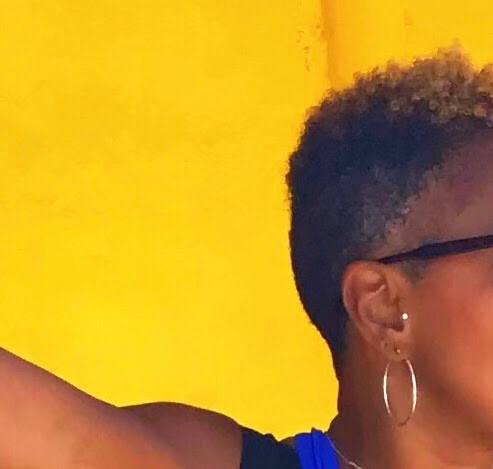 AFTER
AFTER 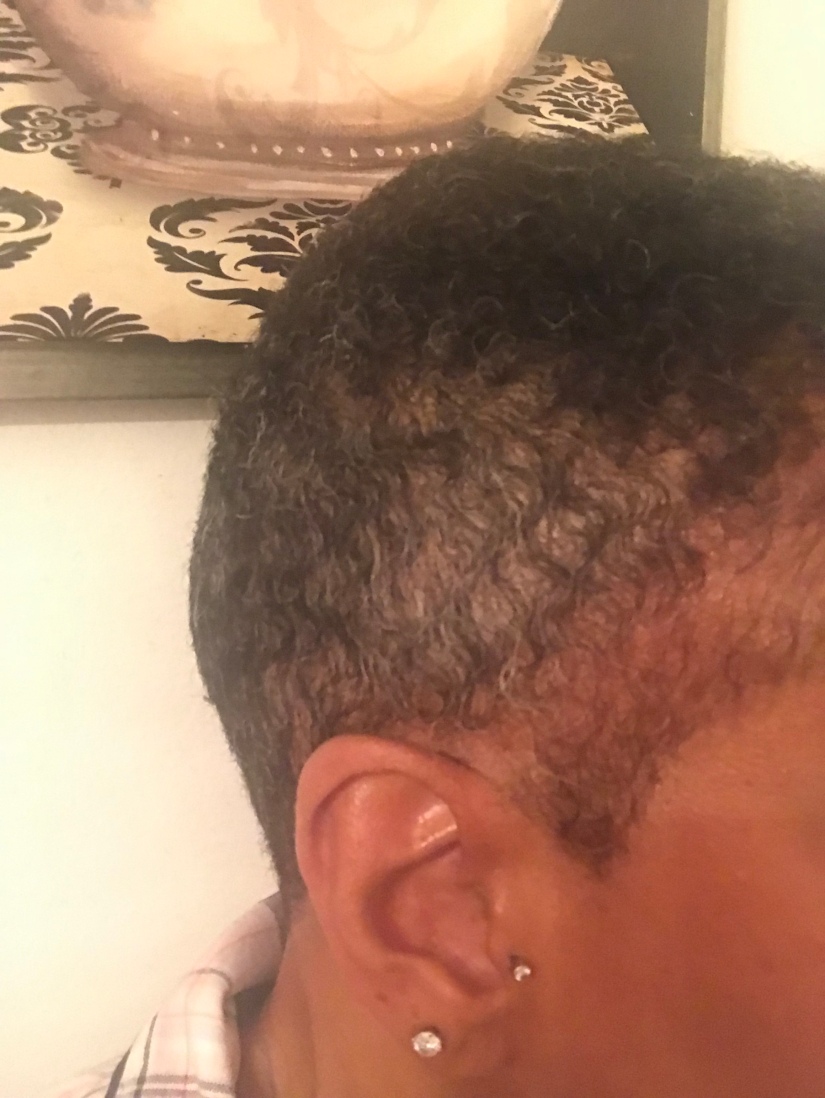



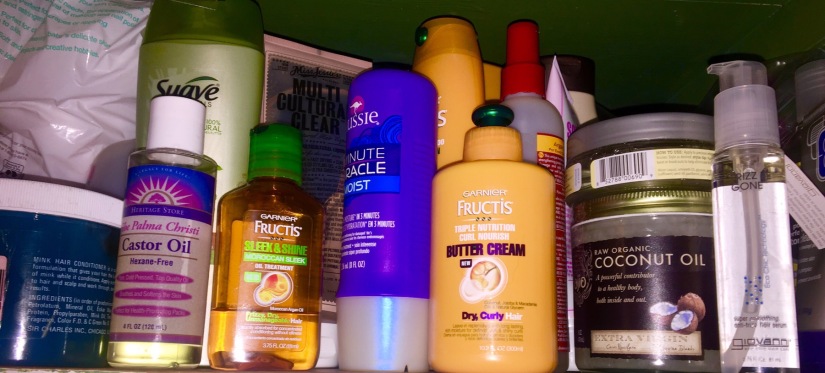
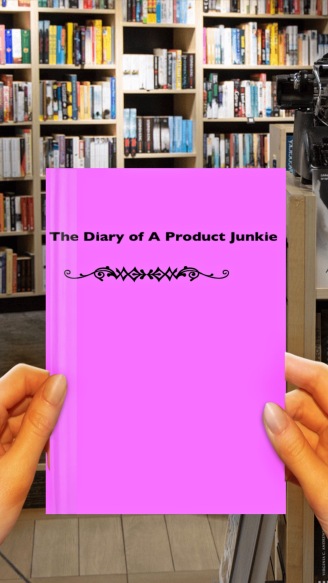
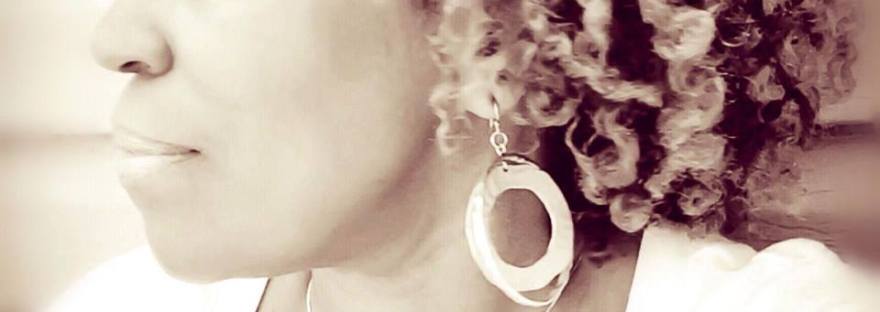
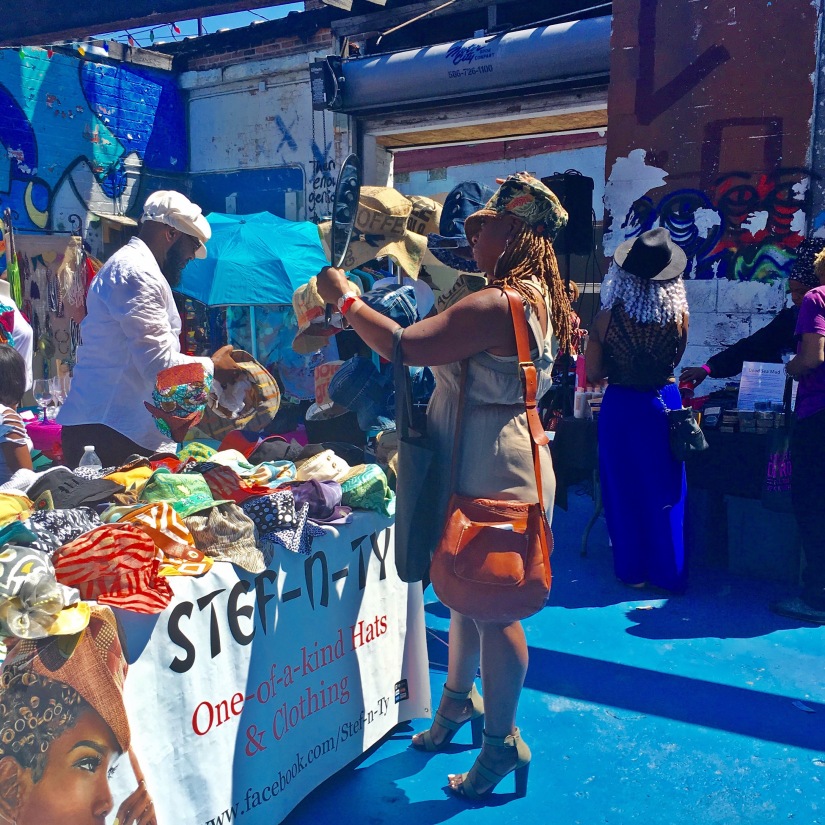 Become a kinkscoilsnaturals product review panelist. Every Month… Loyal followers who Like, Share & Comment, will be given an opportunity to try current market, new, & up and coming products. The products will be full size and yours to keep once your review is complete. More info coming soon!
Become a kinkscoilsnaturals product review panelist. Every Month… Loyal followers who Like, Share & Comment, will be given an opportunity to try current market, new, & up and coming products. The products will be full size and yours to keep once your review is complete. More info coming soon!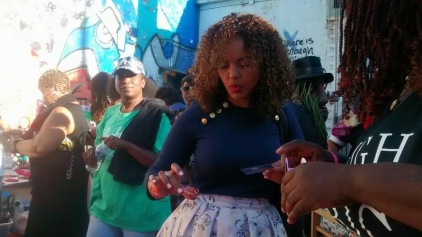









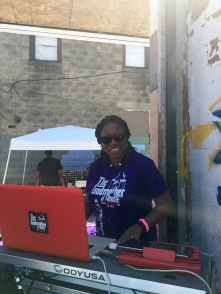

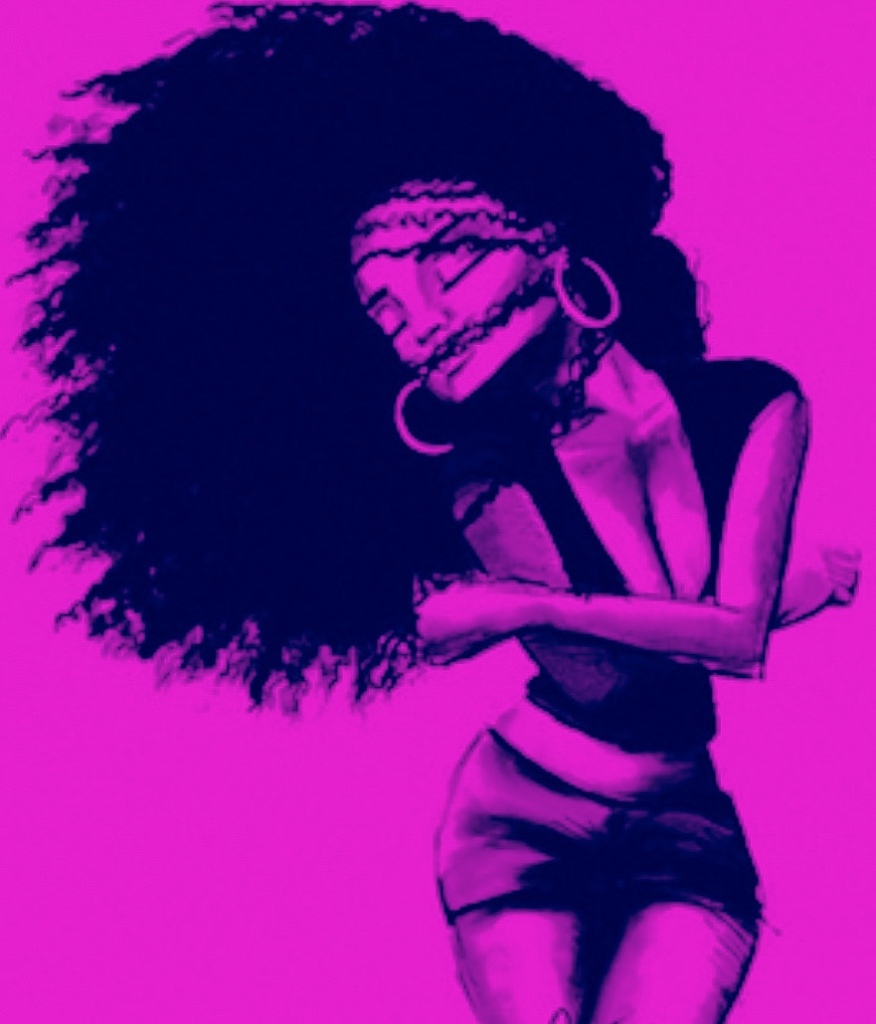

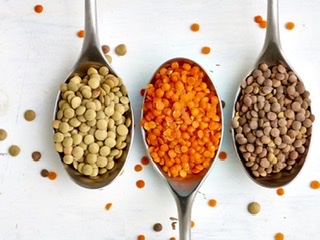
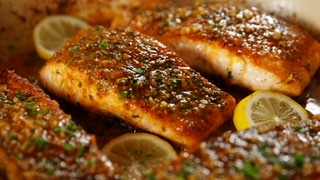
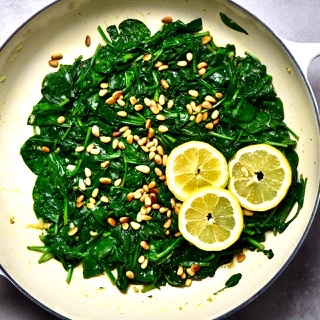

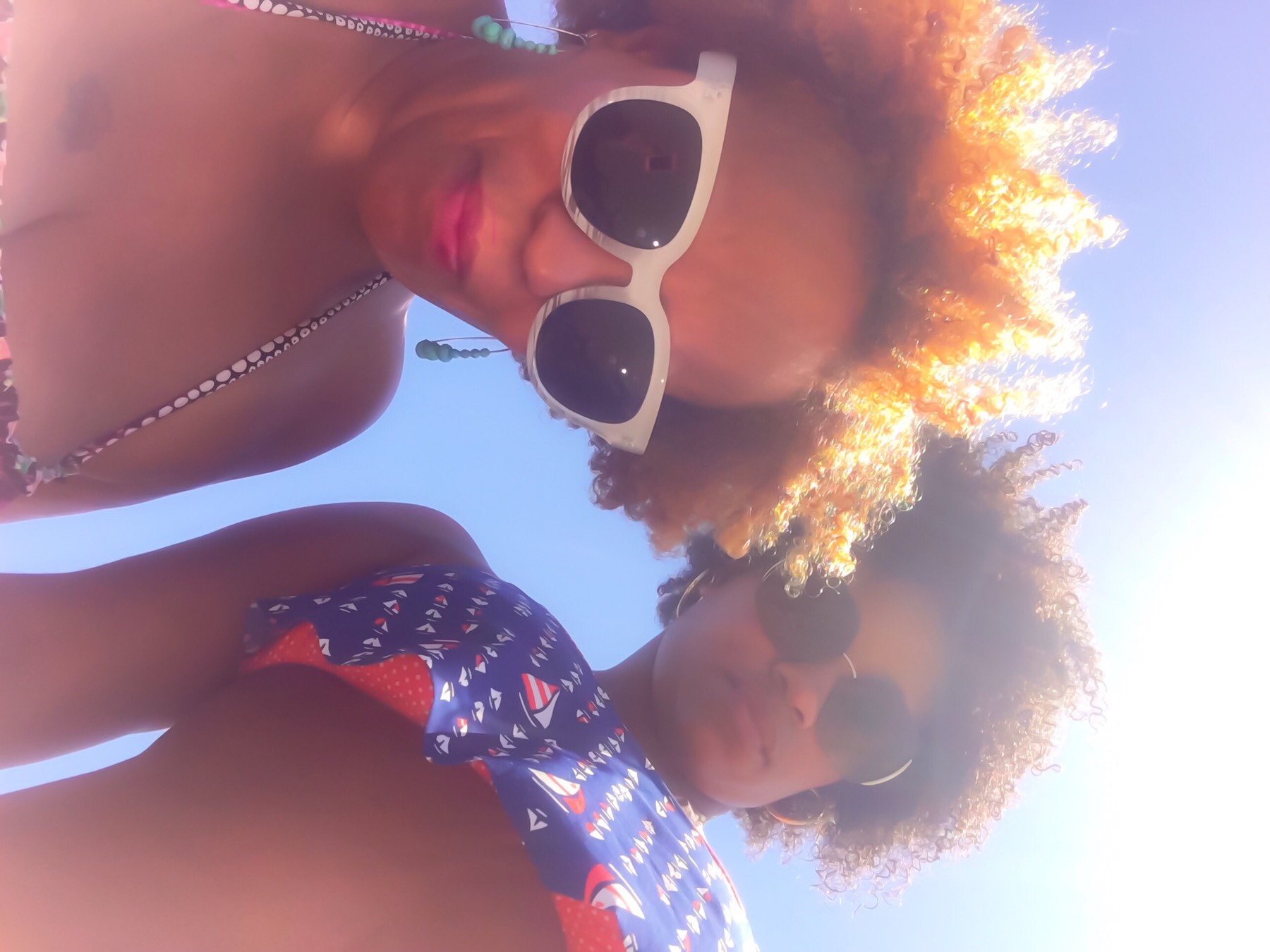


 Honey is a natural emollient, or moisturizer, and it seals moisture into your hair. This can help to combat breakage. But, it also has some mighty antibacterial properties. Honey may help to ward off itchy scalp issues caused by bacteria, while also soothing any irritation.2
Honey is a natural emollient, or moisturizer, and it seals moisture into your hair. This can help to combat breakage. But, it also has some mighty antibacterial properties. Honey may help to ward off itchy scalp issues caused by bacteria, while also soothing any irritation.2 You just read about the benefits of honey with banana, but another great combo is honey with yogurt and olive oil.
You just read about the benefits of honey with banana, but another great combo is honey with yogurt and olive oil.

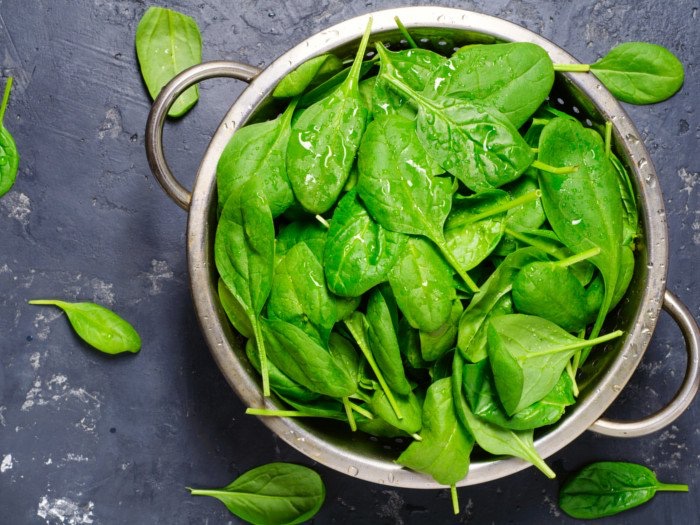
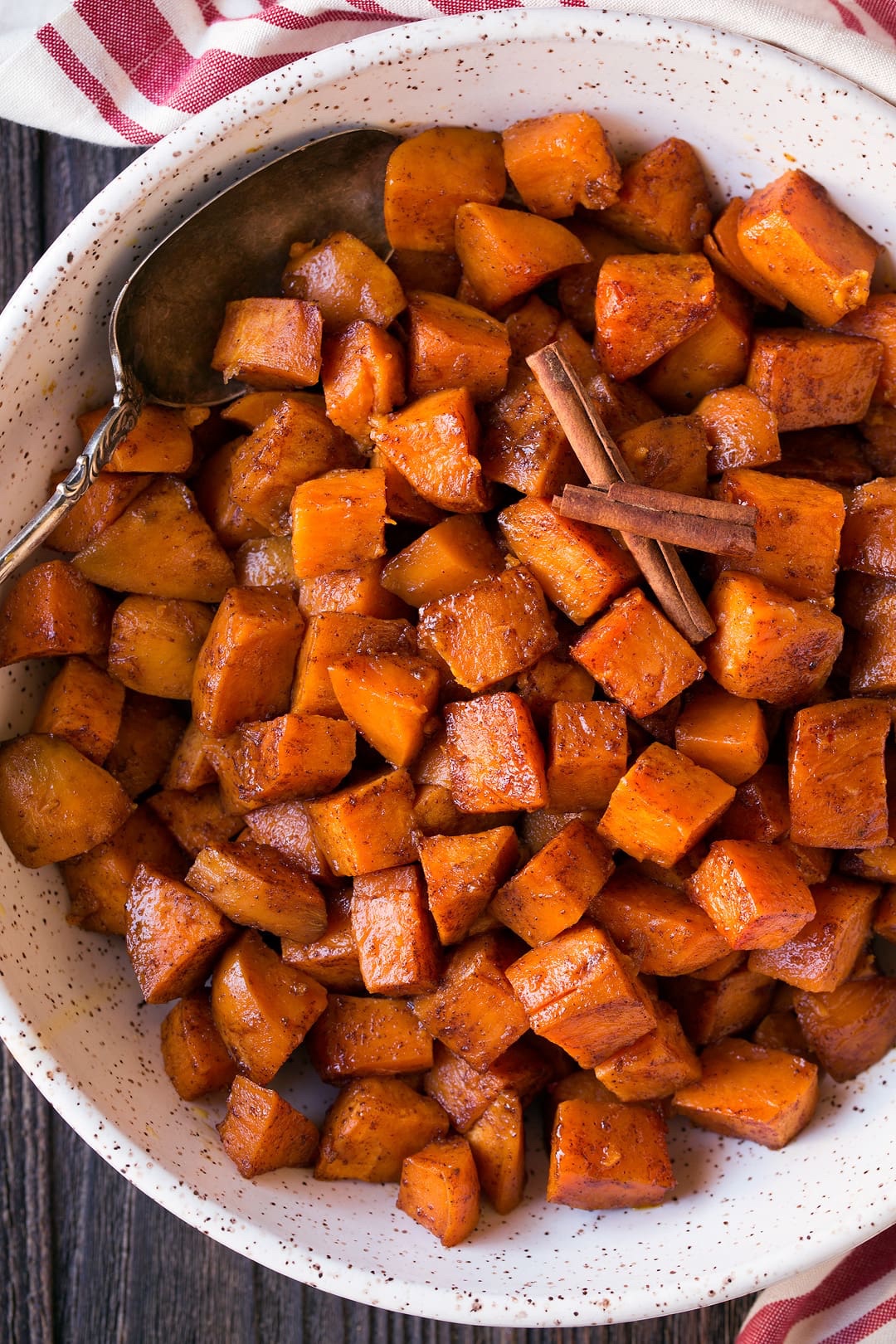
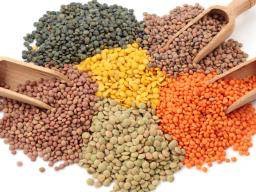
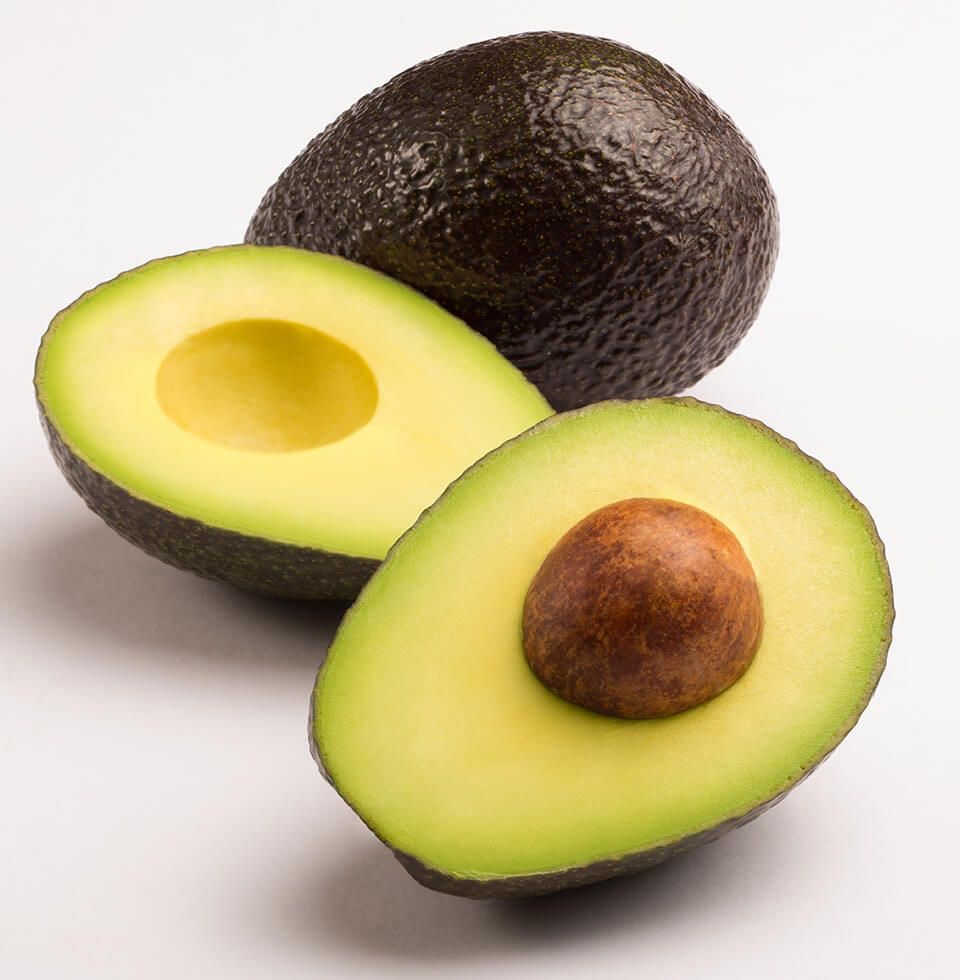 AVOCADO
AVOCADO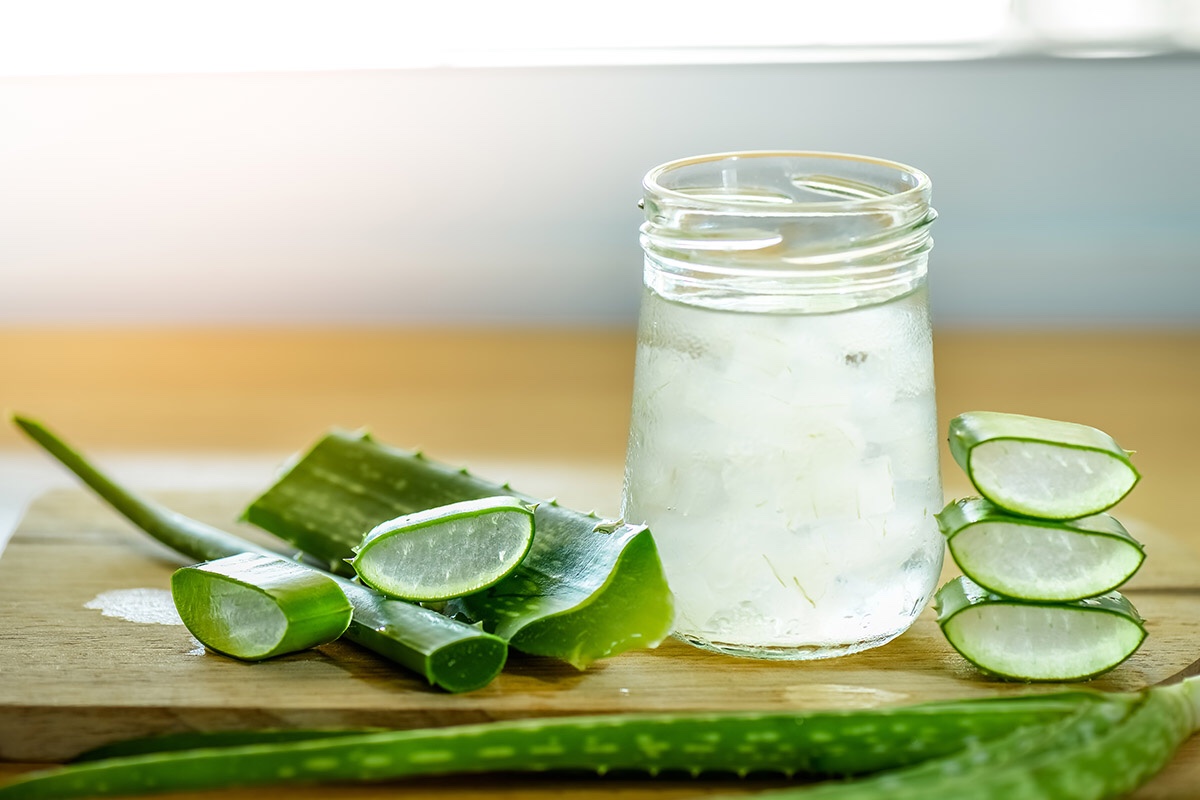
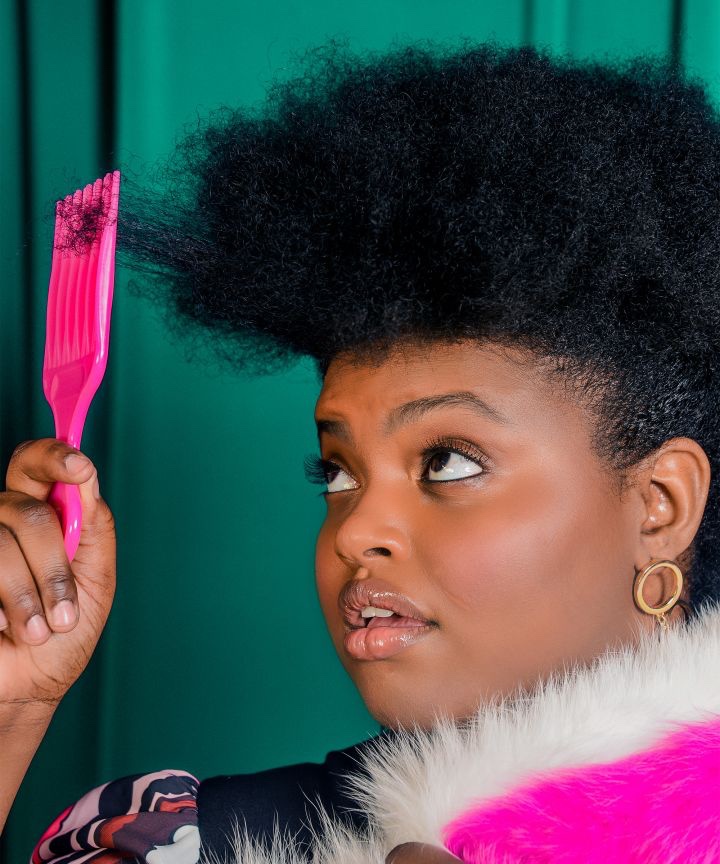 What The Natural Hair Movement Looked Like Before Influencers – Broadly
What The Natural Hair Movement Looked Like Before Influencers – Broadly
